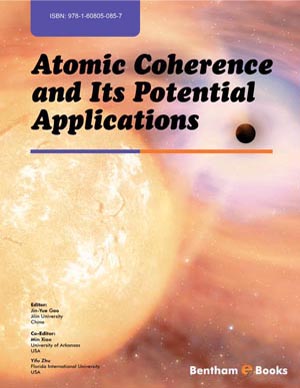Abstract
Equations of motion with arbitrary potential fields are described by simple
formulas based on Newtonian law. However, they are generally complicated to solve.
This chapter presents several methods for deriving and solving equations of motion with
different coordinate systems.
Two-body motion is introduced based on the coordinates of the motion of the center of
mass and the relative motion. R elative motion perpendicular to a relative position is
discussed using angular momentum, wherein the temporal change is given by the torque.
The Lagrange equation is introduced for application to all types of coordinates. The polar
coordinate system is convenient for deriving an equation of motion with a spherically
symmetric potential because the angular momentum is constant. The motion in the radial
direction should be considered taking the centrifugal force potential into account. The
Lagrangian is also introduced with respect to electromagnetic fields.
Keywords: Angular momentum, Center of mass, Centrifugal force, Energy, Gravity, Kepler’s law, Lagrange equation, Momentum. Inertial moment, Newtonian mechanics, Relative motion.








.jpg)




